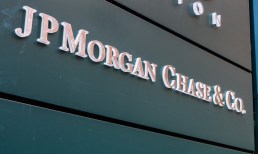Corporate Dining Expenses Go Largely Unchecked

When it comes to the use of a commercial card, the first expenses that come to mind are those necessary for corporate travel — using the company card to book a flight or pay for taxis and hotels.
But researchers at Dinova LLC and The BTN Group are pointing to another corporate expense that goes largely unchecked within the enterprise: business meals.
According to new research published on Monday (June 6), business dining is one of the least managed areas of corporate expenses, representing about 10 percent of annual T&E spend for a corporation. Four out of 10 survey respondents said their companies spend at least $1 million on meals and entertainment a year.
Further, nearly the same number (39 percent) said budgets for corporate meal spend have actually increased in the last year. This means businesses are both spending more frequently on company meals and turning to catering or large group delivery orders.
Researchers pointed to an array of factors behind the increase in meal spend, including out-of-town visitors, internal business catering, events, marketing and client entertainment.
But the report also found that corporate meal spending is infrequently a focus when professionals explore how to save money at their firms.
“With 80 percent of respondents indicating business dining expenses within their organization are reported to senior management, it’s advantageous for travel managers to reclaim a portion of the overall company dining spend,” said Dinova Founder and CEO Vic Macchio. “We estimate the business dining spend to be around $60 billion, and the ability to manage this spend is critical in the overall T&E savings.”
“The research illustrates that far too many corporations are missing opportunities for quantifiable savings on business dining expenses,” said The BTN Group Vice President and Group Publisher Louis Magliaro in a separate statement, “given that 52 percent of respondents hadn’t taken steps in the past two years to better manage this area and nearly a quarter couldn’t identify whether their 2015 costs had changed from 2014.”


